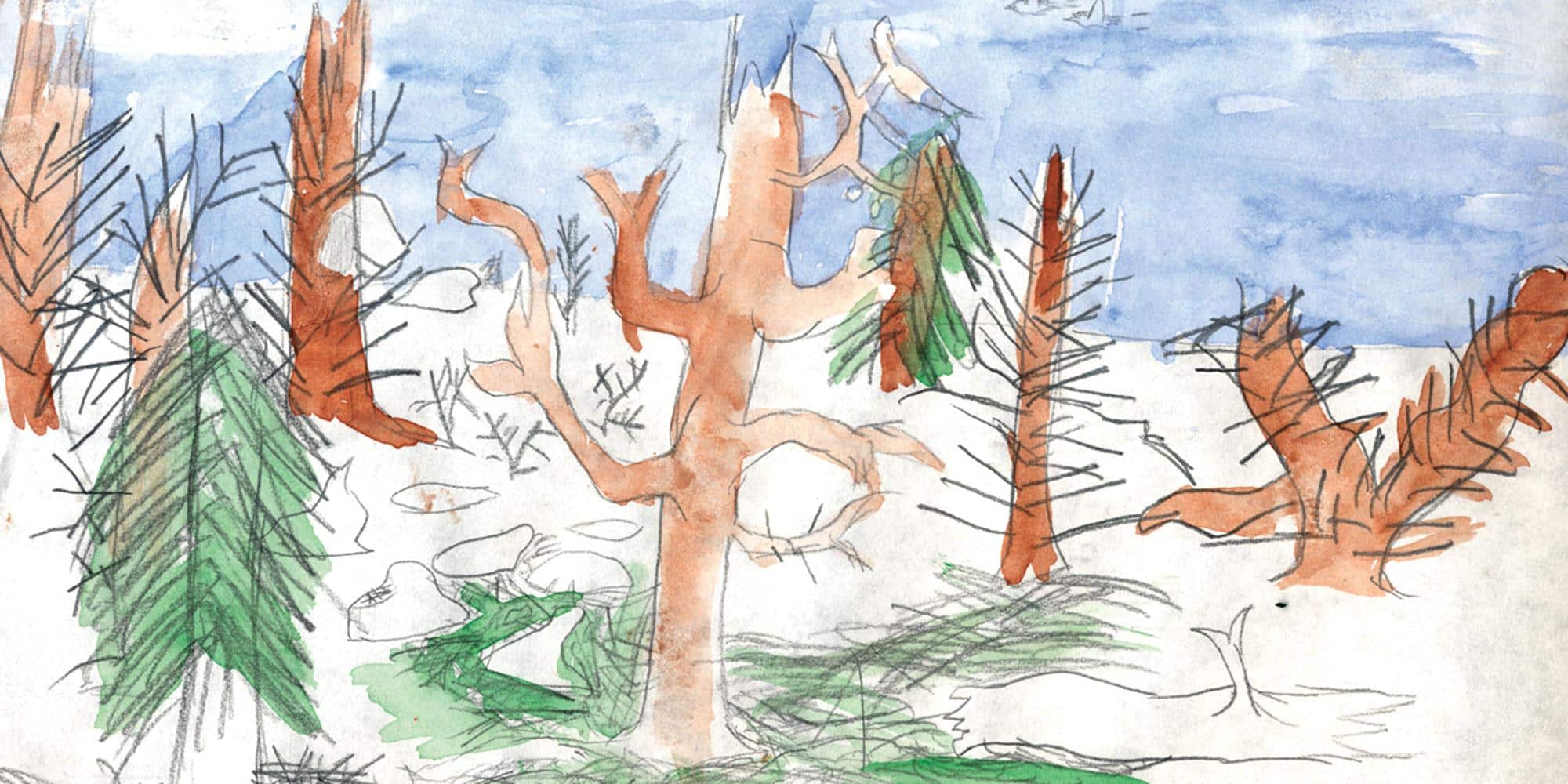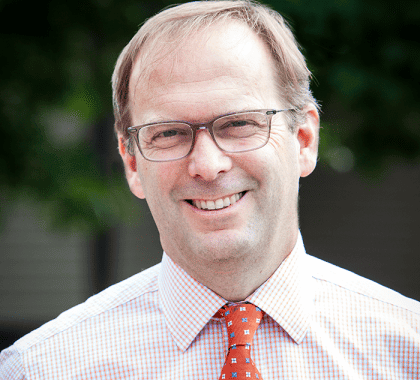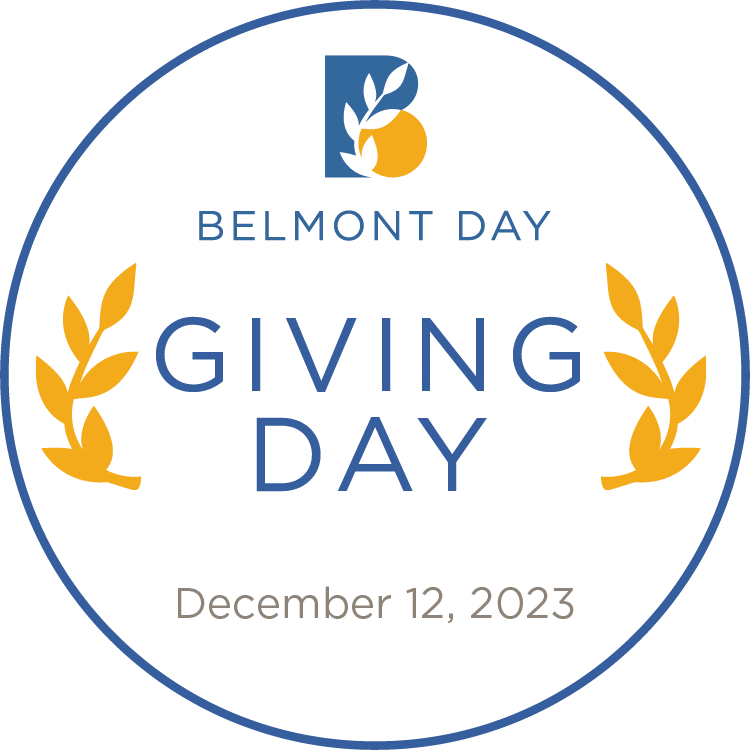Happy Thanksgiving.
If any of you are like me, as you look out onto a snow-covered ground, you’re probably wondering how we all got here so quickly. This fall has been a true blurfull of growth, excitement, change, and opportunityand we have been doing our best at school to take advantage of it all. We are also looking forward to the upcoming break to reconnect as families and friends, perhaps traveling, perhaps staying put, but eager for some good food, good company, and the comfort that comes with the holiday season.
Last week, I held the State of the School and asked for questions as I wrapped up the presentation, promising answers would appear in this week’s Scoop. What follows are my loosely themed answers to a collection of the many queries received. If yours is not answered here, by all means, please find me to chat. I really appreciate the depth and consideration of all the questions posed.
How can innovation (read: coding, robotics, design thinking, 3D printing, laser cutting, etc.) be integrated into coursework across different subjects? Is there a plan for this?
In the presentation, I made a quick reference to Tufts Center for Engineering and Educational Outreach (CEEO), but here is more about the scope of work of work we will do together. Each year, our whole faculty participates in PLCs (Professional Learning Communities) around particular areas of interest. This year, PLCs include Singapore Math, Folio Collaborative Professional Growth and Evaluation, Teachers as Researchers, and Tufts CEEO and Innovation.
The Tufts educators join each of our meetings and challenge us to consider the ways that teaching and learning on our campus might be more innovative, and how best to implement the new innovation studio in the Barn across the curricula. This Innovation PLC includes people from across the spectrum of our facultyspecialists, administrators, lower school and middle school teachersand provides an opportunity for us to learn how to be more facile creating opportunities to implement the new equipment on campus across curricula.
I mentioned in this space earlier this year that the Industrial Revolution model of education is too siloed. Our innovation work is the elixir to that problem, providing a space for dialogue across departments, divisions, and classrooms to investigate where the opportunities are for integration. In February, we will be spending part of our professional development day working together and designing curriculum to move more intentionally in that direction and we couldn’t be more excited about what the future holds in this lane for us.
Tell me more about the intentionality and growth mindset with regard to diverse student, family, faculty, and administration experiences (aka cultural competency). What do you see as the school’s greatest opportunities or challenges and what’s next?
The longer I engage in this work, the more I realize just how much work there is to be done, not only at Belmont Day but everywhere with regard to cultural competency. So, at least in part, the first point of intentionality is admitting that there will always be workindividual and institutionalin order to move forward as a truly inclusive community. The next point of intentionality comes in the form of clarifying our school’s commitment to the work.
Consider, in the last three years, we have watched our community’s commitment to diversity, equity, and inclusion grow in meaningful and quantifiable ways: the number of students of color, faculty of color, administrators of color, and board members of color have all increased substantially. Our programming for adults and students alike has also increased with SEED, race-based affinity work for both parents and students, our GSA program, the Raphel Scholarship for Diversity and Leadership, and a curricular review structure that mandates diversity be a consideration in every curricular strand we look at moving forward. We have also just collected an impressive collection of resumes for the director of equity and inclusion position which we aim to fill for the 2019-20 school year.
The next step, of course, is to look at all of this work and ask the critical question: for all of these initiatives and perceived advancements, is any of it making a difference in the experience for our students? More specifically, where do we see movement? How are we measuring it? Where are we not? Why not? And what do we need to redesign or tweak as we look into the future?
The responsibility of the director of equity and inclusion will be significant, and whoever occupies the role will have a clear agenda set for them from the start. A big part of that agenda will be informed by a cultural climate survey that families will likely see this winter that will help us better understand where to focus in the years ahead.
Intellectually, I know that failure can be a good learning opportunity. How can I find what it takes to let my child fail?
First, let me say that I hope the author of this question had the opportunity to hear Richard Weissbourd speak last night on campus as part of the Ko Family and Wellesley Toyota Speaker Series. What Mr. Weissbourd inspired for all of us present was an important conversation about just how important failureauthentic and painful, skinned knees and allcan be in the development of our children’s character as caring and empathic citizens in the world.
Mr. Weissbourd discussed a phenomenon that he termed, ‘The Praise Craze,’ in which parents seem intent on celebrating every aspect of their child’s development whether it is worthy of praise or not. For example, he spoke of the game of catch where not only would a good throw or good catch be celebrated, but a dropped ball or poor throw would be met with “good try.” He conceded, of course, that a supportive voice in our children’s development across any new endeavorthrowing and catching, playing an instrument or learning additionis important, but that just as important is our children’s ability to distinguish between what deserves praise and what does not, and that we may be conditioning our children to expect praise no matter the outcome, and more critically, no matter the audience. Unfortunately, such an expectation is an unreasonable one as our children grow up, and those early lessons can be much more painfully learned later in life.
So, to the question about how can you find what it takes to let your child fail I go back to my seventh core value and to one of the sentiments I was trying to articulate during the State of the School presentation: courage (first), trust (next), and patience (last).
None of us want to see our children hurting. None of us like to think about what the authentic pain feels like to a child who hasn’t been successful. As a result, we are all a bit quicker in 2018 to jump to their assistance or their side when we see pain, or even the prospect of pain begin to take shape. However, that is where trust comes in. At least at Belmont Day, but I would imagine in any orchestra or on any town sports sideline, your child is surrounded by grown-ups in their life who want to help them grow and learn and ultimately succeed. Under those circumstances, then, the hope is that what we would see is a child who feels a reasonable disappointment or discomfort with failure and a chance to understand what it will take to be more successful the next time.
The next time, of course, is where patience kicks in. In some cases, the next time is right around the cornerthe next math assessment, the next performance. In other cases, it may take longerthe next meaningful friendship or relationship, the next auditionand in any case, hanging in there as a parent can be really challenging.
My worry is that we create a sort of ‘curated failure’ situation for our kids. The notion that even in failure, there were never any real feelings at stake, because everyone knew that the safety net was drawn nice and close and everyone had eyes on the child from the start to ensure that even in failing, there was no authentic failure. This, in my opinion, is maybe the worst of all worlds. A place where we ‘encourage failure’ knowing all the while that we’ve mislabeled the failure we’re talking about, and the child (the center of this whole endeavor) sees the whole charade with eyes wide open. None of this is easy as Richard Weissbourd reminded us all. Parenting is a really challenging job for which there is no training manual or guidance course, but being able to hang in there with our kids through moments of authentic failure, is pivotally important in building truly caring, empathic children.
There were more questions, for sure, though this covered a healthy bunch of the repeated questions that I received. I expect that I will be answering more in this space as the year continues. For now, however, I will leave you to your Turkey Day traditions and your tryptophan-induced comfort.
Have a wonderful break, everyone.
Click the B to listen to this message at Blue Handprint Studios!






